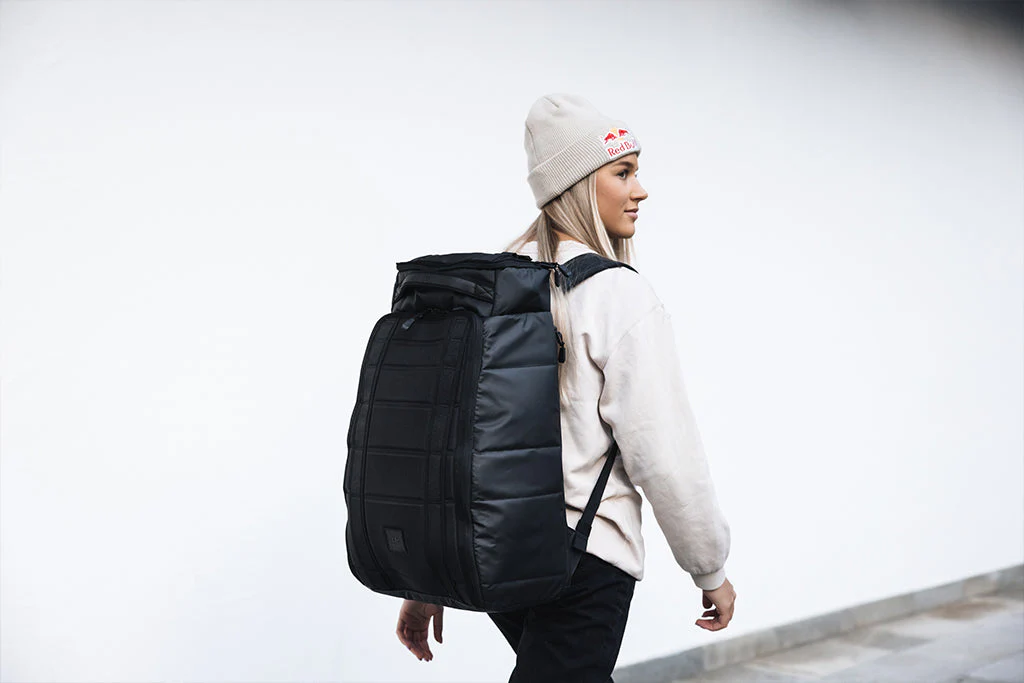
Best recovery techniques
We all know the feeling: stiffness, soreness, and sometimes even significant discomfort that can occur when you start a new training program or push yourself a little harder on a given day.
On the one hand, it can feel like proof that you've truly pushed past your limits during training. On the other hand, it can make it harder to get back to your next planned session, see progress, or stick to your routine.
While muscle soreness isn't the only sign of a good workout (you can get fantastic results without it), it's something that can inevitably occur if you're physically active and have the determination to push yourself.
As you probably already know, a single hard session isn't enough to see results. You need to find ways to recover quickly so that soreness doesn’t stop you from continuing.
Two Pillars of Recovery
It can be difficult to completely avoid tired muscles, but there are many things you can do to speed up recovery and help your body along. These tips will help you get back on track faster and reduce the risk of injuries and stiffness.
Before we dive into some of the best recovery routines you can perform before or after your workouts – or even on rest days – it's important to remember two of the most effective techniques:
- Sleep
- Walks
Sleep is a basic need for all humans, but for those who train regularly, a good night's sleep is indispensable.
Walks. Even if they don’t seem like much, they are a great way to incorporate movement and improve circulation, which benefits muscles and joints. Low-intensity movement is an excellent way to reduce soreness and stay active on days when your body gives a clear NO to going to the gym.
Need something a bit stronger than rest and relaxation? Below are some effective recovery routines that will help your body recover faster so you can head into your next workout feeling fantastic:
- If you: Love lifting weights
- If you: Enjoy yoga
- If you: Generally feel stiff
Best Recovery for Strength Training
If you: Love lifting weights
Try: A mobility routine that combines light strength training with static stretching exercises. The focus is on targeting muscles that often tend to become tense when tired, such as the trapezius, pectorals, biceps, psoas, piriformis, hamstrings, and calves.
By performing simple but effective exercises combined with stretches, you can reduce tension in these common problem areas and increase your mobility.
Here’s what such a mobility routine could look like:
Four rounds for quality:
- 12 Kettlebell Swings
- 12 Perfect Stretch
- 12 Goblet Squats
- 12 Roll to Candlestick
- 12 KB Sumo Deadlift High Pull
- 12 Jefferson Curls with Kettlebell
- 12 Samson Lunges with Side Bend
Relaxing Yin Yoga
If you: Enjoy yoga
Try: A calm and restorative Yin Yoga session
Restorative yoga involves holding gentle poses for longer periods, often using props to make them more comfortable. Something as simple as putting your legs up against the wall for a few minutes can make a noticeable difference in how your legs feel before and after.
This type of exercise is perfect for those who push hard on their active days but need a calmer form of recovery.
We recommend searching for a Yin Yoga session on YouTube. There are plenty of excellent sessions that focus on mindfulness and recovery. Give yourself a moment to unwind.
Proper Foam Rolling
If you: Generally feel stiff
Try: Foam rolling the right way
Foam rolling has become increasingly popular, but many people do it too quickly to have any real effect. The key to effective foam rolling is to move slowly and pause at tight areas to work through the tension.
For most beginners, a standard foam roller with slightly lower density works great, but it’s important that you clearly feel where the roller presses on your body.
Using a foam roller is not a difficult art. If it feels good, it is usually good. Work methodically and try to target the areas where you feel stiff. The foam roller should be used on soft tissue, and if you hit bone, that’s a signal to adjust your position.
Don’t be afraid to experiment and find ways to reach your different muscles. Be active with the roller and work with your back, stomach, and side against the floor to maximize your options.



